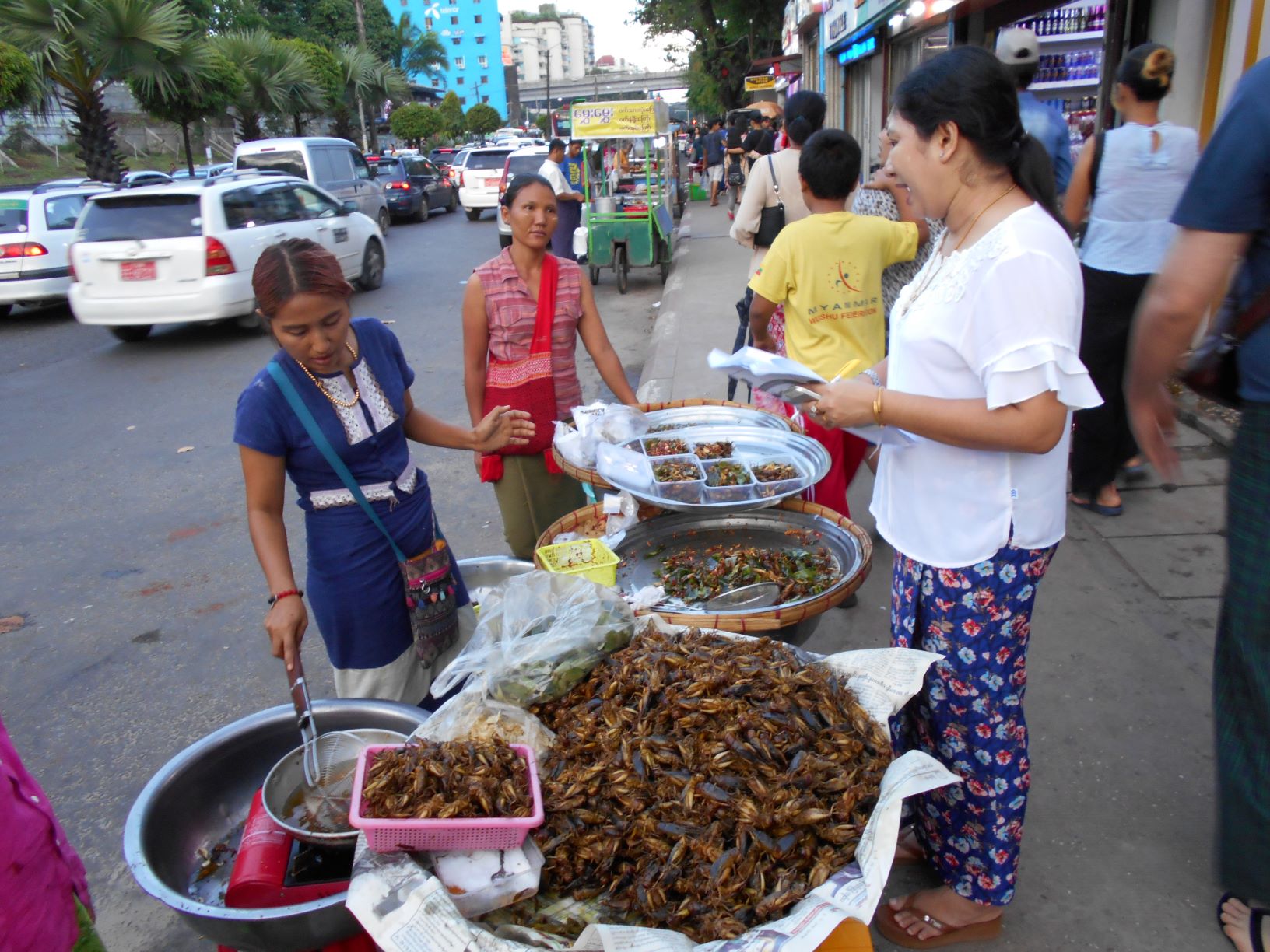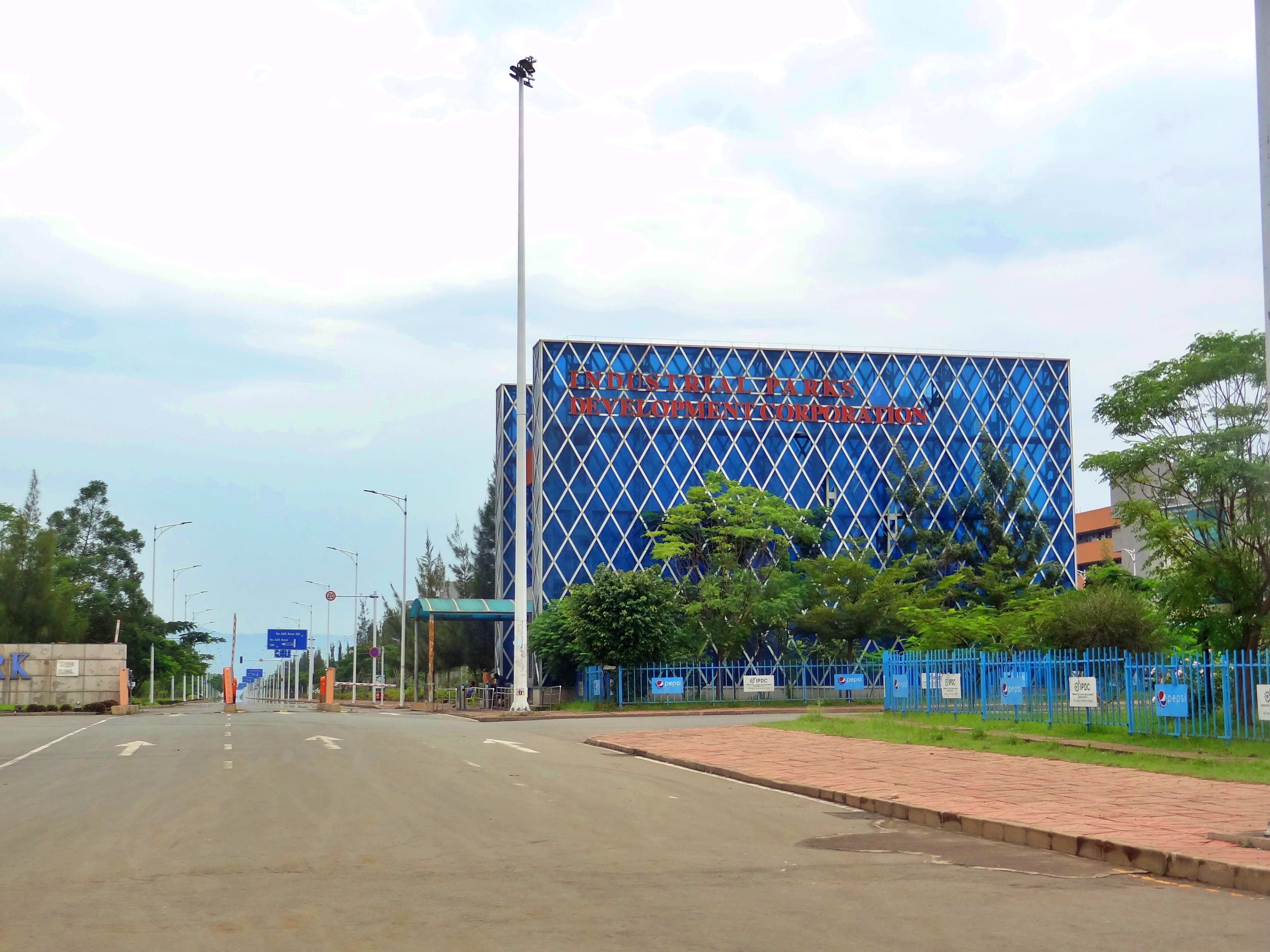Nature, Livelihoods, and Vector-Borne Diseases in Uganda: The Need for Interdisciplinarity
Blog post by Maureen Nabatanzi, Junior Researcher in ZEF’s Research Group on Biodiversity and Sustainable Land Use (LAND).
Our study investigates the role of biodiversity loss, land use changes, and climate change in the emergence of vector-borne zoonotic diseases in Uganda. The transmission cycles of these diseases involve wildlife, domestic animals, and humans, and they are complicated by ecosystem disruptions and climate change. From February to March of 2025, we held workshops with stakeholders to explore decisions policies for preventing disease emergence and reducing transmission risk. In this blog post, we share some of our insights from the multi-stakeholder engagement.
Biodiversity under threat
Uganda is one of five countries located in the Albertine Rift, one of the richest sites for biodiversity in Africa. The Albertine Rift region in Uganda is a biodiversity hotspot that contains at least 70% of the country’s major protected areas and is home to unique and endangered species. Unfortunately, the region is under immense pressure from climate change, degradation, and encroachment. The Wildlife Conservation Society of Uganda estimates that species have lost 40% of their suitable habitat to agricultural expansion. Intensive oil exploration is taking place at the Tilenga site, which extends from the edge of Lake Albert to parts of Murchison Falls National Park. This development has already disturbed local communities’ livelihoods and is expected to disrupt fragile ecosystems.

Photo shows cutting of trees for firewood in a forested area in western Uganda
The threat of diseases
Ironically, the environment and tropical climate that favor species diversity in Uganda are also suitable for the emergence of infectious diseases. Since the 1940s, various novel arboviruses—viruses transmitted by arthropods, such as mosquitoes and ticks—have first been identified in Uganda. Notably, the Zika virus caused the 2015–2016 epidemic in South America. Several species of mosquitoes that carry the viruses that cause yellow fever, Rift Valley fever, chikungunya, zika, and dengue are abundant in the Albertine Rift region and endemic to Uganda. Areas within and around protected regions are particularly vulnerable to disease emergence due to anthropogenic activities that disturb the ecology and increase human and livestock interactions with wildlife.
There have been multiple cases of yellow fever linked to people living near or working in forested zones in 2012, 2016, 2019–2020, and 2022. Recently, our colleagues from the Charité Institute of Virology in Berlin, Germany, and the Uganda Virus Research Institute identified reemerging arboviruses, Wesselsbron and Middelburg, which infect both livestock and humans, in and around Semuliki National Park in Uganda.

In this photo we see Masaka District, Uganda, where agricultural encroachment into forests has been linked to multiple cases of yellow fever.
A plethora of biodiversity and health policies
In 1993, Uganda ratified the Convention on Biological Diversity (CBD). Accordingly, the Ugandan government is committed to utilizing the country’s biodiversity for the benefit of its current and future citizens. National policy frameworks for implementing the CBD include the Environment Policy, the Wildlife Policy, the Climate Change Policy, and the National Biodiversity Strategy and Action Plan. The Wildlife Conservation Society developed a plan to guide the government in conserving species in the Albertine Rift. Nevertheless, Uganda is experiencing an alarming rate of biodiversity loss of 1% per year due to human activities such as agricultural encroachment, poaching, human-wildlife conflicts, human settlements, and climate change.
Uganda has a robust legislative framework for health security. The country adopted the International Health Regulations (IHR 2005) and enacted the Public Health Act and the Animal Diseases Act to support the control of human and animal diseases. The Integrated Disease Surveillance and Response (IDSR) framework supports public health surveillance, and strategic plans for health security, one health, and climate change guide multi-sectoral epidemic preparedness and response. Nevertheless, the country continues to struggle with recurrent zoonotic spillovers, which are characterized by delayed detection and response.
An interdisciplinary approach is indispensible
During our stakeholder engagement, we discussed Uganda’s policy landscape regarding ecology, health, and vector-borne diseases. Together, we identified gaps in the interlinkages between the environment, wildlife, and health disciplines. Policies tended to focus on a single discipline. For example, biodiversity strategies emphasized protecting wetlands without considering the potential risks of excessive vector breeding on animal and human diseases. Case in point, the Environmental Impact Assessment for Tilenga failed to consider the project’s impact on human health. Similarly, health policies largely ignored the impact of environmental degradation and climate change on diseases. It became apparent that comprehensive disease mitigation would require an interdisciplinary approach. Only when environmental, health, and agricultural officials implement multidisciplinary activities can the environment be protected and disease risks be limited.

Photo: Uncontrolled mosquito breeding in a swamp in northern Uganda. Wetland management should consider ecologically friendly ways to control excessive mosquito breeding.
Our recommendation: Engage with local communities
Furthermore, the implementation of biodiversity and health-related policies often overlooks the communities most affected by destroyed livelihoods, ecological disruptions and the associated disease risks. Uganda’s population is growing, yet its agricultural landscape is still dominated by subsistence farmers who struggle to access large enough plots of land to meet their food and economic needs. These farmers may turn to protected areas to increase their agricultural output and diversify their income through activities such as fishing, hunting wild game, logging timber, and collecting firewood. However, wildlife authorities may prioritize arresting poachers over educating communities about the health risks of human–wildlife contact. Conversely, environmental authorities may prioritize safeguarding forests over negotiating sustainable dietary and livelihood alternatives. Interventions that fail to engage communities in environmental stewardship and disease prevention are less likely to solve the problem.
Therefore, we propose aligning sectoral objectives to achieve comprehensive environmental protection and disease control. Interventions should actively engage community members, as they are the primary beneficiaries of the ecosystems and bear the greatest burden of degradation and disease consequences.
.
Acknowledgements
The Arboemerge project is funded by the Deutsche Forschungsgemeinschaft (DFG). We are grateful to the stakeholders who contributed to this work, especially the Ministries of Health, Agriculture and Environment, Uganda Wildlife Authority, Uganda Virus Research Institute, Conservation for Public Health, Uganda National Meteorological Authority, Makerere University Walter Reed Program and Makerere University School of Public Health.
Photo credits
Photos were taken by the author’s colleagues during various field activities in Uganda between 2019 and 2023.






